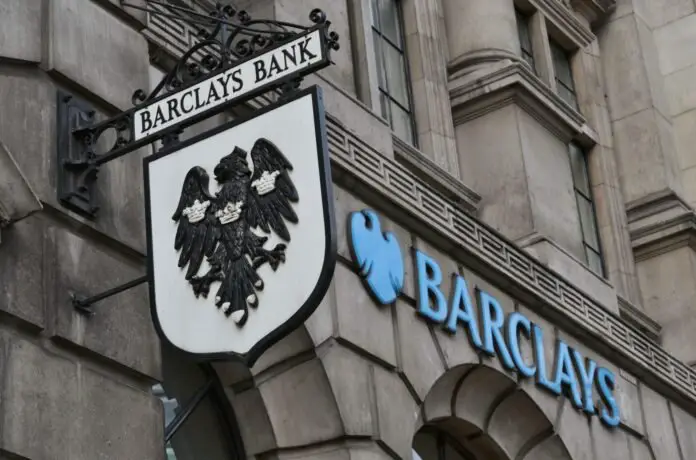Staff Reporter
This week, ripples of anxiety reverberated through the US credit market, prompting Barclays Plc to adopt a more cautious stance. The bank warns that investors may be underestimating the rising likelihood of a recession as increasing yields are causing corporate borrowers to delay their sales.
“Credit spreads are not reflecting the appropriate level of risk,” analysts Bradley Rogoff and Dominique Toublan stated, updating their forecasts for the premiums investors can expect on both investment-grade and high-yield debt.
Earlier this week, the market outstripped their previous estimates. “The uncertainty surrounding the timing and extent of tariff implementation is a significant factor in this adjustment.”
Looking ahead, Barclays now anticipates that high-grade spreads could widen to as much as 125 basis points over the next six months—an increase of 30 basis points from their earlier projection. This adjustment comes after President Trump’s remarks unsettled the markets by leaving the possibility of an economic downturn open for consideration. As of Thursday, investment-grade spreads had reached 97 basis points.
For high-yield spreads, the bank now expects a potential reach of up to 425 basis points in the same timeframe, representing a 100 basis point increase from their previous estimate. On Thursday, risk premiums for this asset class stood at 335 basis points.
Currently, the spreads reflect less than 5% of recession risk, according to the analysts—a stark underestimation given the rapid deterioration of economic conditions.
“Our forecast suggests that spreads are pricing in approximately 20% recession risk, though they remain below their long-term averages,” the analysts stated.
This revision occurs amidst rising concerns over sluggish growth and escalating inflation, fueled by an ongoing trade war. Barclays economists have adjusted their gross domestic product projections and now anticipate that the Federal Reserve will only cut interest rates twice this year.
In a similar vein, on Wednesday, Goldman Sachs Group Inc. significantly increased their outlook for US credit spreads, citing the risks associated with tariffs and indicating that the White House appears willing to accept short-term economic weakness.
However, Barclays maintains that US credit fundamentals are “in a good spot.” While supply is subdued, it isn’t at a standstill, and strong demand is counterbalancing broader concerns in the credit market.
Despite some delays, approximately $110 billion in new debt has already been issued in March alone, according to data from Bloomberg.
Barclays also notes that all-in yields should help bolster credit spreads. The analysts predict that high-grade and junk all-in yields will fall within the middle range established since the Fed began raising rates in 2022. “This remains attractive compared to the last 15 years.”

